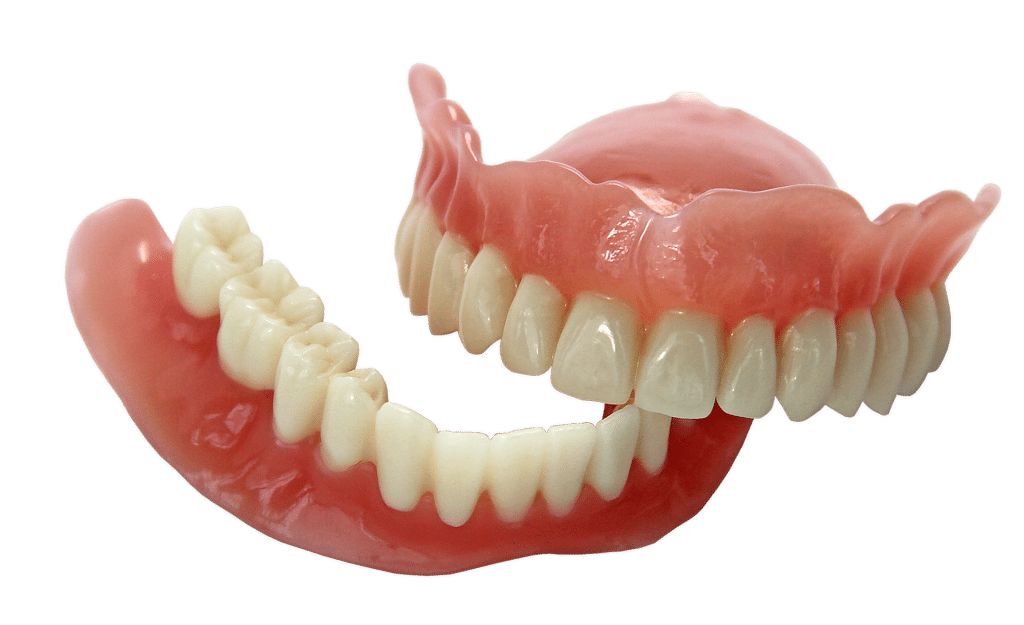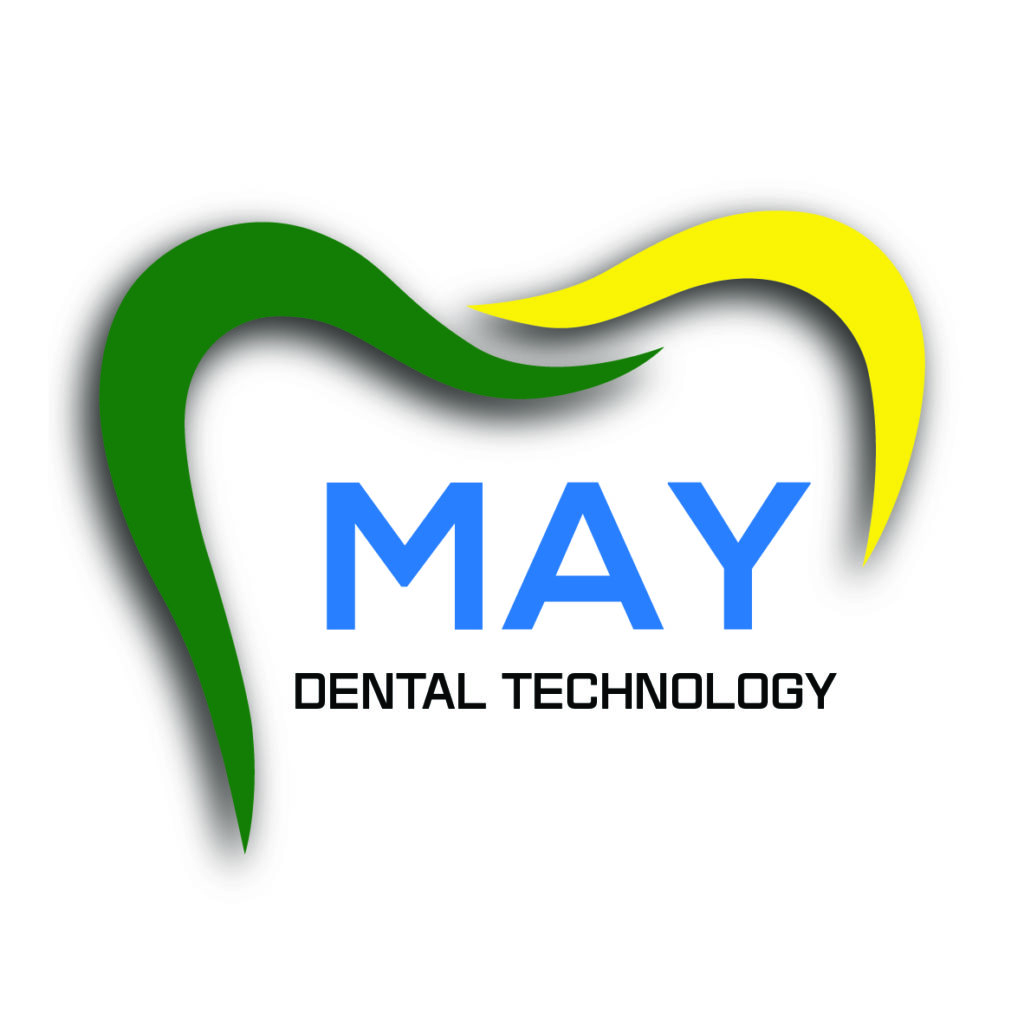Dentures, whether full or partial, are a common solution for individuals who have lost teeth. Two primary methods are used to fabricate dentures: the traditional method and the CAD/CAM (Computer-Aided Design and Computer-Aided Manufacturing) method. Each approach has its own advantages and disadvantages, which we will explore in detail.
TRADITIONAL METHOD

CADCAM METHOD

How to do
-
Impression Taking: A dentist takes an impression of the patient’s mouth using a putty-like material.
-
Pouring and Mounting: The impression is poured into a stone model, which is then mounted on an articulator (a device that simulates jaw movements).
-
Wax-Up: A wax model of the denture is created, shaped to fit the patient’s mouth and teeth.
-
Flasking: The wax model is enclosed in a plaster mold.
-
Processing: The mold is heated to melt the wax, and the space is filled with denture base material (acrylic resin or porcelain).
-
Finishing and Polishing:The denture is finished, polished, and adjusted to fit comfortably.
How to do
The CAD/CAM method involves using digital technology to design and fabricate dentures:
- Digital Impression: A digital impression of the patient’s mouth is taken using a 3D scanner.
- Design: The digital impression is used to create a 3D computer model of the denture.
- Fabrication: The denture is milled from a block of denture base material using a computer-controlled milling machine.
- Finishing and Polishing: The denture is finished, polished, and adjusted to fit comfortably.
Advantages of the Traditional Method:
- Customization: The traditional method allows for a high degree of customization, as the dentist can manually adjust the wax-up to achieve the desired fit and appearance.
- Lower Cost: In some cases, traditional dentures may be less expensive than CAD/CAM dentures due to the lower technology involved.
Advantages of the CAD/CAM Method
- Accuracy: CAD/CAM technology allows for highly accurate dentures, as the milling machine can precisely follow the digital design.
- Speed: The CAD/CAM process can be completed more quickly than the traditional method, as many of the steps are automated.
- Improved Fit: CAD/CAM dentures often provide a better fit than traditional dentures, as the digital design can take into account the complex contours of the mouth.
- Reduced Risk of Errors: The digital nature of the CAD/CAM process reduces the risk of human error.
Disadvantages of the Traditional Method
- Time-Consuming: The traditional method can be time-consuming, as it involves multiple manual steps.
- Higher Risk of Errors: Human error can occur during the manual processes, potentially leading to inaccuracies in the denture.
- Less Precise: The traditional method may not be as precise as CAD/CAM, which uses digital technology
Disadvantages of the CAD/CAM Method:
- Higher Cost: CAD/CAM dentures may be more expensive than traditional dentures due to the technology involved.
- Less Customization: While CAD/CAM allows for some customization, it may not be as flexible as the traditional method when it comes to making minor adjustments.
Conclusion
Both the traditional and CAD/CAM methods have their own advantages and disadvantages. The best method for an individual will depend on various factors, including their budget, desired level of customization, and specific needs. It is important to consult with a dentist to discuss the options and determine which method is most suitable.
